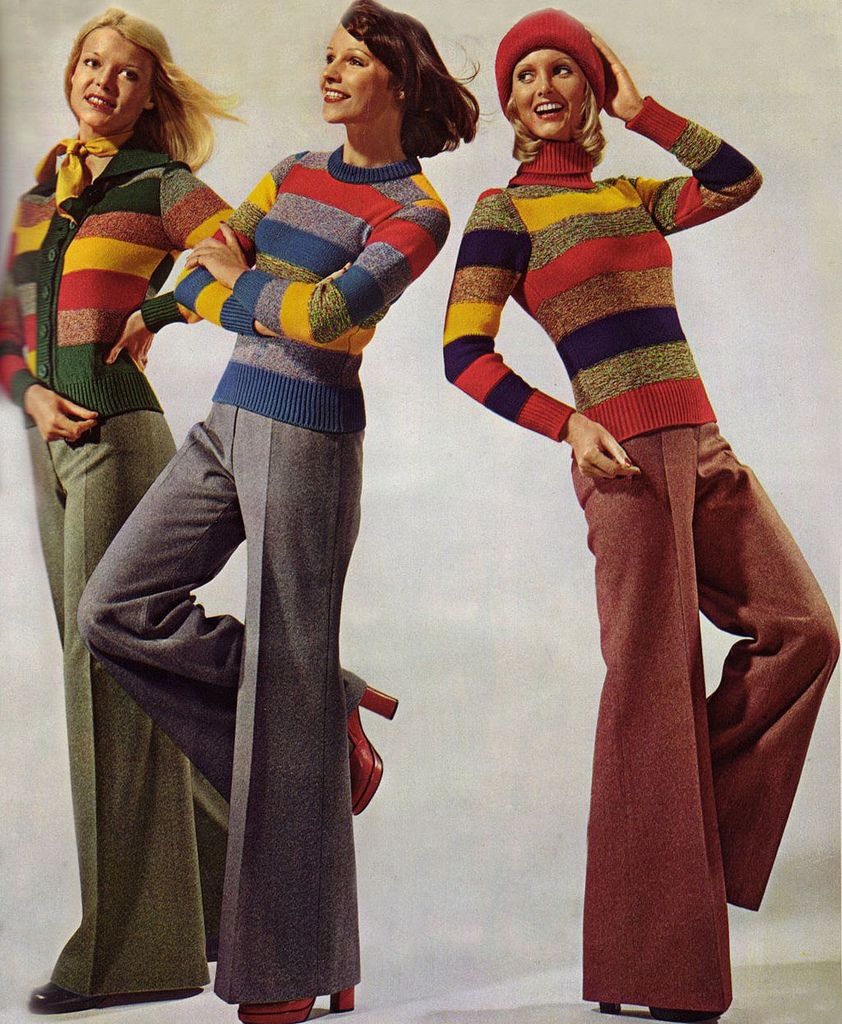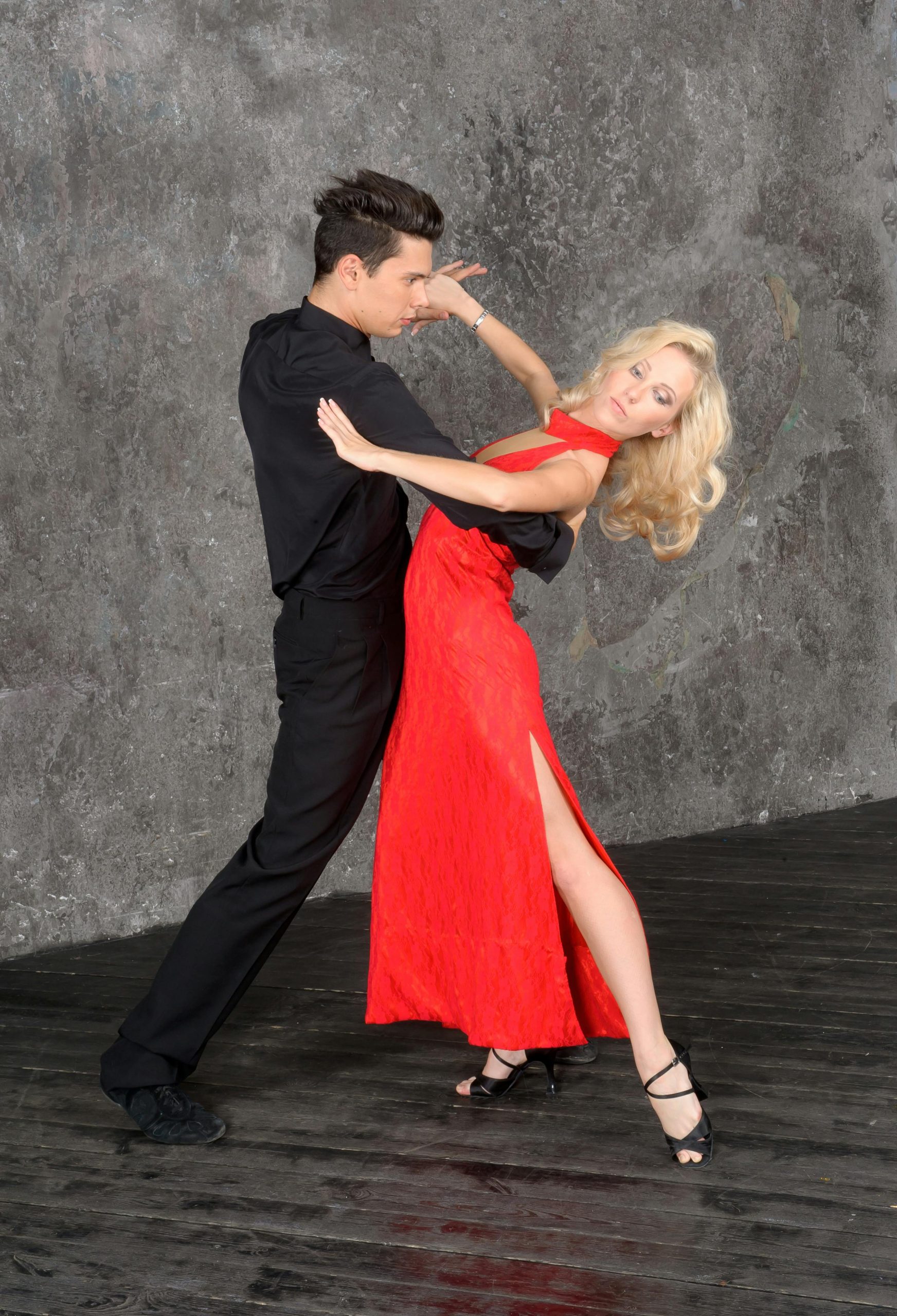Introduction
Fashion is a reflection of society, culture, and the times we live in. Over the decades, styles have evolved dramatically, influenced by social movements, technological advancements, economic shifts, and pop culture.
From the elegant styles of the 1920s to the rebellious looks of the 1990s and the modern trends of today, fashion has continuously evolved to express individuality, status, and creativity.
In this article, we take a journey through time to explore how fashion trends have changed over the years and what has shaped the styles we see today.
1920s: The Roaring Twenties & Flapper Fashion
✔ Key Influences: Women’s liberation, jazz music, Art Deco, economic prosperity.
✔ Signature Styles: Shorter hemlines, loose-fitting dresses, cloche hats, pearls, fringes.
The 1920s was an era of breaking traditions. Women’s fashion took a bold turn with the rise of flapper dresses, which were shorter, looser, and more comfortable than the restrictive corsets of previous decades.
🎭 Fashion Icons: Coco Chanel, Josephine Baker, Louise Brooks.
🚀 Fashion Impact: This era marked the birth of modern women’s fashion, emphasizing comfort and individuality.
1930s: The Age of Elegance & Hollywood Glamour
✔ Key Influences: The Great Depression, Hollywood movies, structured femininity.
✔ Signature Styles: Bias-cut gowns, fitted silhouettes, fur stoles, hats.
With the economic downturn, fashion became more sophisticated and refined. Women’s dresses emphasized curves with fitted waists and flowing skirts. Hollywood stars like Greta Garbo and Marlene Dietrich influenced glamorous evening looks.
👗 Fashion Icons: Katharine Hepburn, Marlene Dietrich, Bette Davis.
💎 Fashion Impact: Elegance and luxury dominated, despite economic struggles.
1940s: War-Time Practicality & Utility Fashion
✔ Key Influences: World War II, fabric rationing, women entering the workforce.
✔ Signature Styles: Utility dresses, padded shoulders, knee-length skirts, trousers.
With fabric rationing during World War II, fashion became more practical. Women’s dresses were simplified and structured, often featuring padded shoulders and cinched waists. Trousers became more common as women joined the workforce.
👜 Fashion Icons: Rosie the Riveter (symbol of working women), Katharine Hepburn.
🎖️ Fashion Impact: The rise of functional and durable clothing for women.
1950s: The Golden Age of Femininity & Rock ‘n’ Roll
✔ Key Influences: Post-war prosperity, Hollywood influence, suburban lifestyles.
✔ Signature Styles: Full skirts, cinched waists, pencil dresses, polka dots.
With the return to peace and prosperity, fashion embraced femininity and glamour. Women wore full skirts with fitted bodices, and men popularized leather jackets and rock ‘n’ roll-inspired looks.
🎤 Fashion Icons: Marilyn Monroe, Audrey Hepburn, James Dean, Elvis Presley.
💃 Fashion Impact: This era defined classic feminine and masculine styles that remain iconic today.
1960s: The Era of Youth & Revolution
✔ Key Influences: The Civil Rights Movement, The Beatles, space exploration, Mod fashion.
✔ Signature Styles: Mini skirts, psychedelic prints, bold colors, go-go boots.
Fashion became a statement of youth and rebellion. The rise of Mod fashion introduced bold patterns and geometric silhouettes, while hippie culture embraced flowy, bohemian styles.
🕶 Fashion Icons: Twiggy, Brigitte Bardot, The Beatles, Jackie Kennedy.
🚀 Fashion Impact: A shift from traditional elegance to experimental and expressive fashion.
1970s: The Disco & Bohemian Era
✔ Key Influences: The rise of disco, hippie culture, feminism.
✔ Signature Styles: Flared jeans, platform shoes, jumpsuits, floral prints.
The 70s was a decade of freedom and self-expression. The bohemian movement influenced earthy tones, crochet tops, and flowy dresses, while disco fashion brought glitter, sequins, and bold colors.
🕺 Fashion Icons: Cher, Diana Ross, John Travolta.
🌈 Fashion Impact: A mix of glamour and comfort, with emphasis on personal style.
1980s: The Era of Excess & Power Dressing
✔ Key Influences: Economic boom, MTV, pop culture, fitness craze.
✔ Signature Styles: Shoulder pads, neon colors, oversized blazers, leg warmers.
The 80s was all about bold, extravagant fashion. Power dressing, influenced by corporate culture, made oversized blazers with shoulder pads a staple. Bright neon colors, scrunchies, and workout fashion also gained popularity.
🎵 Fashion Icons: Madonna, Princess Diana, Michael Jackson.
⚡ Fashion Impact: The decade of confidence, bold statements, and over-the-top trends.
1990s: The Rise of Minimalism & Streetwear
✔ Key Influences: Grunge music, hip-hop culture, supermodel era, technology boom.
✔ Signature Styles: Baggy jeans, crop tops, flannel shirts, slip dresses, chokers.
The 90s saw a huge contrast in fashion. On one side, grunge fashion (inspired by bands like Nirvana) popularized flannel shirts, ripped jeans, and combat boots. On the other, minimalist styles like slip dresses and sleek monochrome outfits emerged.
🎸 Fashion Icons: Kate Moss, Britney Spears, Tupac, The Spice Girls.
🔥 Fashion Impact: The foundation for modern streetwear and minimalist trends.
2000s: The Era of Fast Fashion & Pop Culture Influence
✔ Key Influences: Reality TV, Y2K aesthetic, globalization of fashion.
✔ Signature Styles: Low-rise jeans, velour tracksuits, cargo pants, oversized sunglasses.
Fashion in the 2000s was heavily driven by celebrity culture, with reality stars like Paris Hilton and Kim Kardashian shaping trends. Fast fashion brands like H&M and Zara boomed, making trends accessible to the masses.
📺 Fashion Icons: Beyoncé, Rihanna, Lindsay Lohan, Kanye West.
💨 Fashion Impact: The rise of trend-driven, mass-produced fashion.
2010s–Present: The Age of Digital Fashion & Sustainability
✔ Key Influences: Social media, influencer culture, sustainability movement.
✔ Signature Styles: Athleisure, oversized fits, neutral tones, gender-fluid fashion.
With the rise of Instagram and TikTok, fashion became more fast-paced and trend-driven than ever. However, there’s also a growing movement toward sustainability, ethical fashion, and second-hand shopping.
🌿 Fashion Trends Today:
✔ Athleisure (leggings, sneakers, sporty looks).
✔ Gender-neutral fashion (fluid, unisex styles).
✔ Minimalism (capsule wardrobes, monochrome looks).
✔ Retro revivals (Y2K, 90s & 70s fashion making a comeback).
🎥 Fashion Icons: Zendaya, Billie Eilish, Harry Styles, Hailey Bieber.
🌍 Fashion Impact: The rise of eco-conscious shopping, diversity, and digital fashion.
Conclusion
Fashion is an ever-changing cycle, reflecting society’s values and creativity. While trends come and go, style is timeless. From the elegance of the 50s to the rebellion of the 90s and today’s digital fashion era, each decade has left a mark on the way we dress.
👗 Which fashion era do you love the most? Let us know in the comments!

